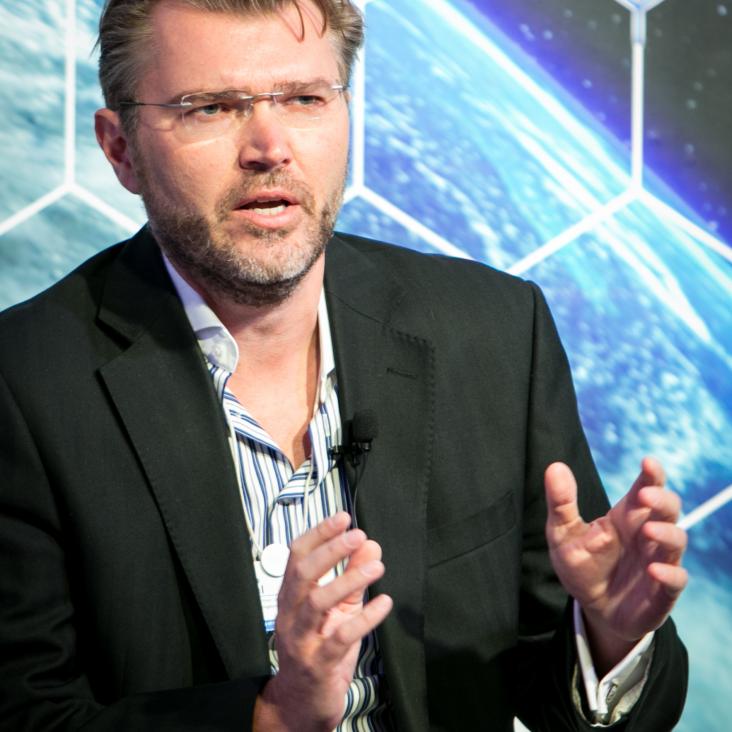Preface
International Journal of Modern Physics B 27:1-3 (2013)
Extracting quantum work statistics and fluctuation theorems by single qubit interferometry
(2013)
The curious state of quantum physics
Physics World 26:3 (2013) 30-32
Extracting quantum work statistics by single qubit interferometry
Optica Publishing Group (2013) t5b.1
Extracting quantum work statistics by single qubit interferometry
Optica Publishing Group (2013) t5b.1


